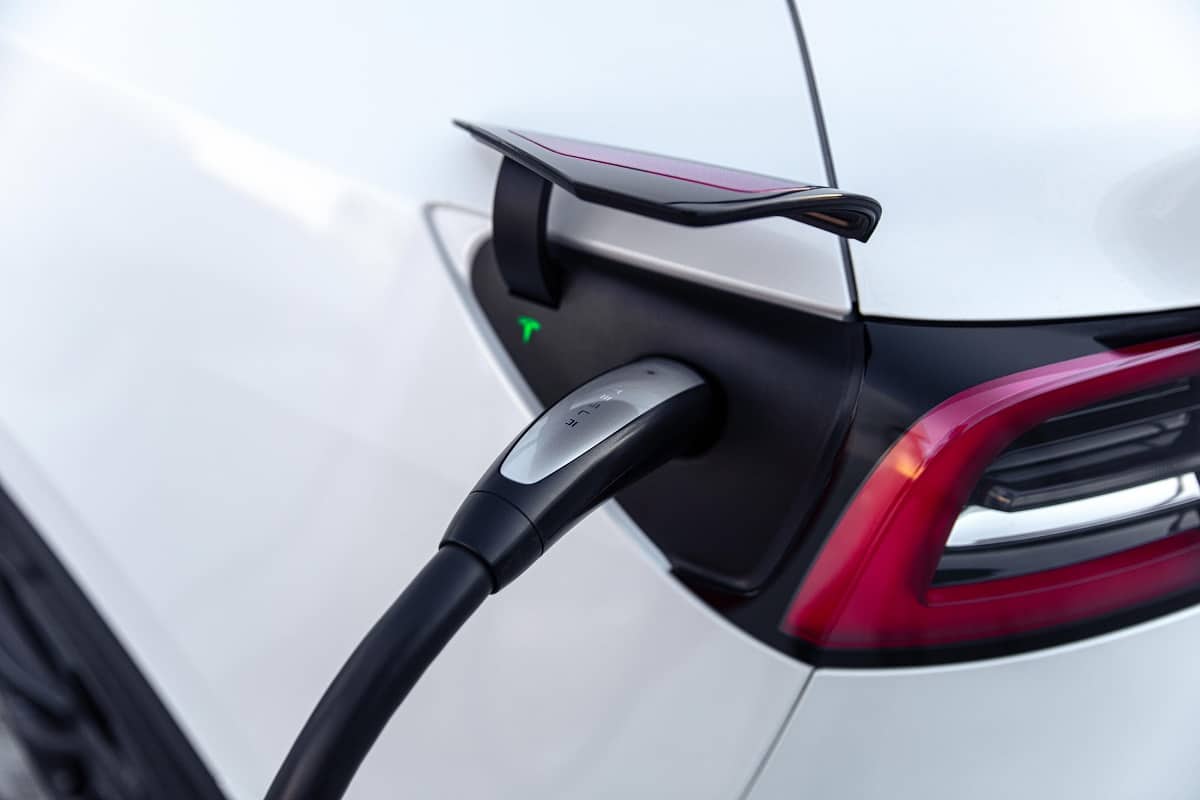Honda & Acura Adopted Tesla NACS Charging Port
Honda and its Acura division have adopted the Tesla NACS charging port for their upcoming electric vehicles. Cars with the new charging port will go into production in 2025 or 2026.
Honda and Acura adopted Tesla NACS
More and more automakers are joining Tesla’s charging alliance. They promise to install North American Charging Standard (NACS) ports on their electric vehicles. Now Honda and its luxury car division Acura have also said they will join the alliance. Future electric vehicles from them will have NACS charger ports. This will give them access to Tesla’s wide network of Supercharger stations in North America.
“It is quite important,” American Honda Motor Co. President and CEO Noriya Kaihara said in an interview Friday, according to Autoblog. “We also have to push NACS, as well. It is clear.”
The exact timing of the adoption of Tesla NACS has not yet been determined
Currently, Honda cannot give an exact timeline for when it will start producing electric vehicles with the new charging ports. It depends on General Motors. The Japanese automaker’s next two electric vehicles, the Honda Prologue and Acura ZDX, share a common architecture with GM, using General Ultium battery technology. According to the plan, ZDX will be launched first and will have a traditional CCS port. However, it will switch to the NACS design in 2025 or 2026.
“We clearly depend on GM,” Shinji Aoyama, Executive Vice President of Honda Motor Co., said during Friday’s interview. “Once they [switch to NACS], this will follow for ZDX, as well.”
The NACS Alliance grows
Honda became the ninth automaker to join the Tesla NACS alliance. Ford and General Motors were first. They were followed by Volvo, Polestar, Rivian, and Nissan. Mercedes-Benz was the first German manufacturer to apply the Tesla NACS system to its vehicles. Earlier this week, Fisker became the eighth automaker to join the alliance.
Charging infrastructure needs to improve
Jay Joseph, American Honda’s Vice President of Sustainability and Business Development, said that today’s government charging companies know and understand the shortcomings of their systems. He also noted that Tesla Superchargers are an example of how to make chargers the right way.
“If you look at what’s so great about the Tesla Supercharger network, it’s the maintenance,” Joseph said. “They stay on top of it, they’ve got someone onsite monitoring the equipment, they’re monitoring it electronically and remotely, and they fix it – fast. That’s probably the most important thing.”
